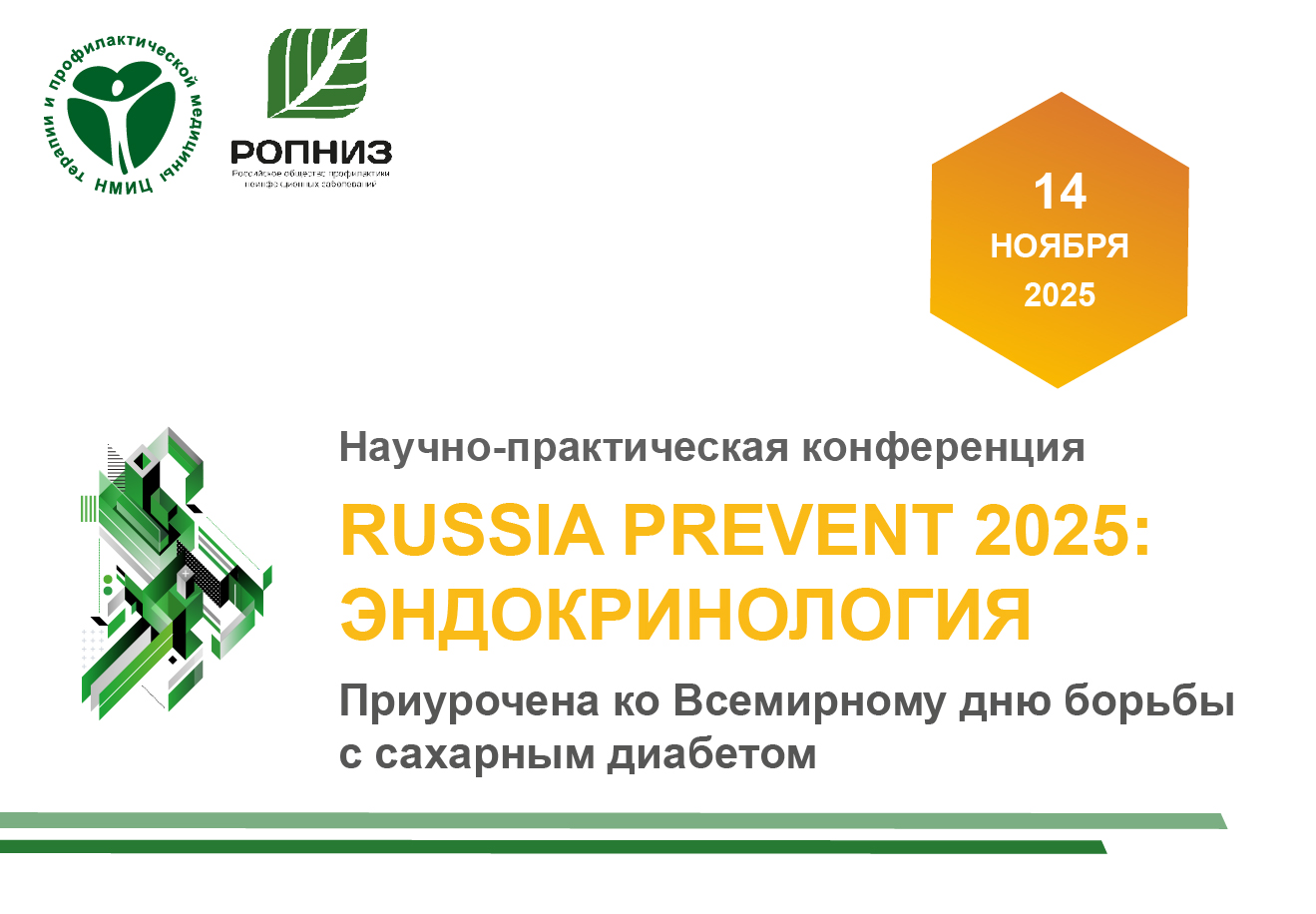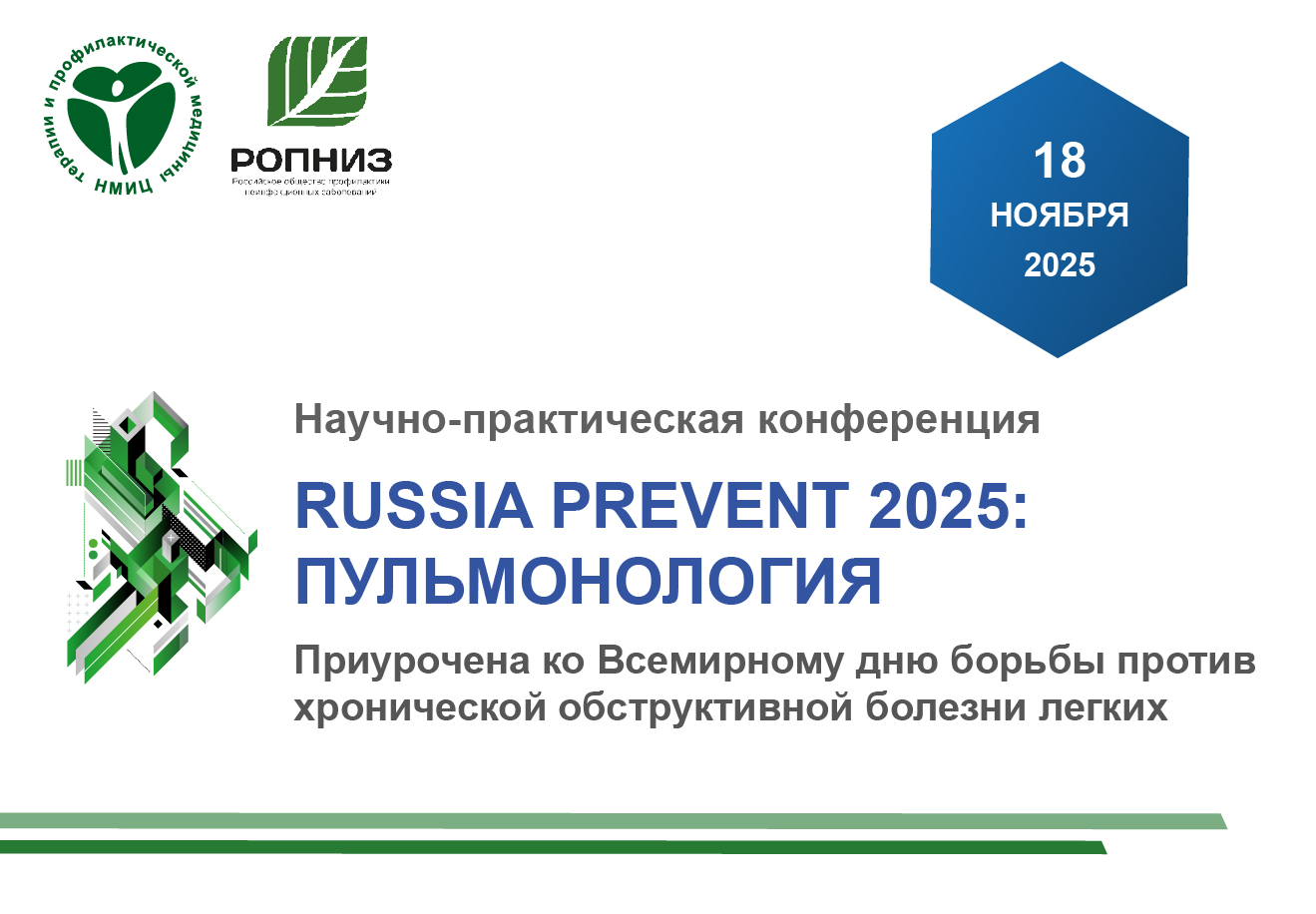Prognostic value of atrial fibrillation at different stages of longterm outpatient followup in patients after cerebrovascular accident (based on the REGIONM registry)
https://doi.org/10.15829/1728-8800-2025-4505
EDN: NWZYNO
Abstract
Aim. To study the prognostic value of atrial fibrillation (AF) during longterm follow-up of patients with cerebrovascular accident (CVA).
Material and methods. The study was conducted as part of the prospective part of the retrospective-prospective registry REGION-M registry. A total of 684 patients discharged from the hospital with a confirmed CVA between 2012 and 2017 and assigned to an outpatient clinic were included. The median follow-up was 5,0 [2,0; 6,8] years. AF was determined based on the diagnosis during the patient's hospital stay and/or at the first outpatient visit after discharge. The primary endpoint was all-cause death. An analysis of AF prognostic role was conducted for the entire follow-up period from hospital discharge to 2022.
Results. Patients with AF accounted for 29,2% (n=200). Comparison of the groups of patients with and without AF showed that patients with AF were older and had a higher number of comorbidities. AF had a paradoxical positive effect on the death risk (hazard ratio (HR) 0,998 (95% confidence interval (CI): 0,996-1,000), p=0,017). In this regard, we suggested that the AF effect on cumulative survival was disproportionate, i.e. changed over time. Therefore, the contribution of AF to death risk was assessed separately for three follow-up periods as follows: early outpatient follow-up — from discharge to contact in 20172018; intermediate — from the moment of the previous follow-up (2017 or 2018) to May 2020; long-tern — from 2020 to 2022. Differences in death risk between patients with and without AF were significant only in early (HR 1,003 (95% CI: 1,000-1,005) (p=0,016)) and intermediate (HR 1,004 (95% CI: 1,001-1,007) periods (p=0,016)). No significant differences in death risk between patients with and without AF were observed in the long-term follow-up period. Therefore, AF was not included in the multivariate regression analysis.
Conclusion. AF negatively impacts the death risk during the first 3-4 years after CVA. After this period, AF loses its independent prognostic significance.
About the Authors
S. Yu. MartsevichRussian Federation
Petroverigsky Lane, 10, bld. 3, Moscow, 101990
A. V. Zagrebelny
Russian Federation
Petroverigsky Lane, 10, bld. 3, Moscow, 101990
N. P. Kutishenko
Petroverigsky Lane, 10, bld. 3, Moscow, 101990
O. M. Drapkina
Russian Federation
Petroverigsky Lane, 10, bld. 3, Moscow, 101990
References
1. Kannel WB, Wolf PA, Benjamin EJ, Levy D. Prevalence, incidence, prognosis, and predisposing conditions for atrial fibrillation: populationbased estimates. Am J Cardiol. 1998;82(8A):2N9N. doi:10.1016/s00029149(98)005839.
2. Martsevich SYu, Kutishenko NP, Suvorov AYu, et al., on behalf of the working group study "LIS2". The study of anamnestic factors and their role in estimation of shortterm (inhospital) prognosis in patients underwent brain stroke or transient ischemic attack, by the data LIS2 registry. Russian Journal of Cardiology. 2015;(6):149. (In Russ.) doi:10.15829/15604071201561419. EDN: TZIYDF.
3. Alberts M, Chen YW, Lin JH, et al. Risks of Stroke and Mortality in Atrial Fibrillation Patients Treated With Rivaroxaban and Warfarin. Stroke. 2020;51(2):54955. doi:10.1161/STROKEAHA. 119.025554.
4. Nishimura T, Matsugaki R, Fujimoto K, Matsuda S. Atrial fibrillation and mortality after ischemic stroke: An observational study using an insurance claim database. Clin Neurol Neurosurg. 2023:235:108042. doi:10.1016/j.clineuro.2023. 108042.
5. Tracz J, GorczycaGłowacka I, Rosołowska A, WożakowskaKapłon B. LongTerm Outcomes after Stroke in Patients with Atrial Fibrillation: A Single Center Study. Int J Environ Res Public Health. 2023;20(4):3491. doi:10.3390/ijerph20043491.
6. Cerasuolo JO, Cipriano LE, Sposato LA. The complexity of atrial fibrillation newly diagnosed after ischemic stroke and transient ischemic attack: advances and uncertainties. Curr Opin Neurol. 2017;30(1):2837. doi:10.1097/WCO.0000000000000410.
7. Martsevich SY, Kutishenko NP, Lukyanov MM, et al. Hospital register of patients with acute cerebrovascular accident (REGION): characteristics of patient and outcomes of hospital treatment. Cardiovascular Therapy and Prevention. 2018;17(6):328. (In Russ.) doi:10.15829/17288800201863238. EDN: YPXLCP.
8. Martsevich SYu, Tolpygina SN, Chernysheva MI, et al. Adherence to attendance at outpatient clinic and longterm survival of patients after stroke in outpatient setting: the Data of REGIONM Registry. Rational Pharmacotherapy in Cardiology. 2021;3(17): 38693. (In Russ.) doi:10.20996/1819644620210604. EDN: XTMLMH.
9. Sharashova EE, Kholmatova KK, Gorbatova MA, et al. Survival analysis in health sciences using SPSS software. Nauka i Zdravookhranenie [Science & Healthcare]. 2017;(5):528. (In Russ.)
10. Sharashova EE, Kholmatova KK, Gorbatova MA, et al. Cox regression in health sciences using spss software. Nauka i Zdravookhranenie [Science & Healthcare]. 2017;(6):527. (In Russ.) Шарашова Е. Е., Холматова К. К., Горбатова М. А. и др. Гржибовский А. М. Применение регрессии Кокса в здравоохранении с использованием пакета статистических программ SPSS. Наука и Здравоохранение. 2017;(6):527.
11. Hess KR. Graphical methods for assessing violations of the proportional hazards assumption in Cox regression. Stat Med. 1995;14(15):170723. doi:10.1002/sim.4780141510.
12. Jiang N, Wu Y, Li C. Limitations of using COX proportional hazards model in cardiovascular research. Cardiovasc Diabetol. 2024;23:219. doi:10.1186/s12933024023022.
13. Gregson J, Sharples L, Stone GW, et al. Nonproportional Hazards for TimetoEvent Outcomes in Clinical Trials: JACC Review Topic of the Week. J Am Coll Cardiol. 2019;74(16):210212. doi:10.1016/j.jacc.2019.08.1034.
14. Klinglmüller F, Fellinger T, König F, et al. A Comparison of Statistical Methods for TimeToEvent Analyses in Randomized Controlled Trials Under NonProportional Hazards. Stat Med. 2025;44(5):e70019. doi:10.1002/sim.70019.
15. Bhatla A, Borovskiy Y, Katz R, et al. Stroke, Timing of Atrial Fibrillation Diagnosis, and Risk of Death. Neurology. 2021;96(12):e165562. doi:10.1212/WNL.0000000000011633.
16. Cigdem I, Zekeriya D, Beste O, et al. Is there any difference in mortality rates of atrial fibrillation detected before or after ischemic stroke? Ideggyogy Sz. 2023;76(1112):36571. English. doi:10.18071/isz.76.0365.
17. Chang YK, Hsu CC, Huang CT, et al. Differences between atrial fibrillation diagnosed before and after stroke: A large realworld cohort study. PLoS One. 2024;19(8):e0308507. doi:10.1371/journal.pone.0308507.
18. Lip GY, Hee FL. Paroxysmal atrial fibrillation. QJM. 2001; 94(12):66578. doi:10.1093/qjmed/94.12.665.
Supplementary files
What is already known about the subject?
- Atrial fibrillation after stroke has a poor prognosis and is associated with an increased death risk.
What might this study add?
- Atrial fibrillation after stroke has a poor prognosis and is associated with an increased death risk at earlier stages of outpatient follow-up, but loses its independent prognostic significance later, giving way to other factors.
Review
For citations:
Martsevich S.Yu., Zagrebelny A.V., Kutishenko N.P., Drapkina O.M. Prognostic value of atrial fibrillation at different stages of longterm outpatient followup in patients after cerebrovascular accident (based on the REGIONM registry). Cardiovascular Therapy and Prevention. 2025;24(9):4505. (In Russ.) https://doi.org/10.15829/1728-8800-2025-4505. EDN: NWZYNO

























































